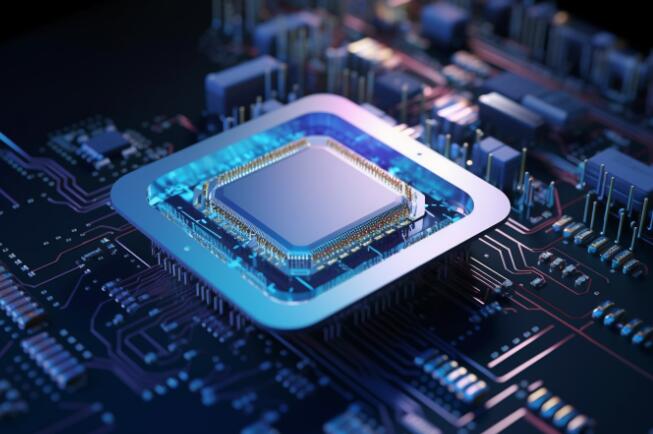OpenAI announced its collaboration with Broadcom to develop customized AI inference chips, marking a key step in the field of AI chips and challenging Nvidia's leadership in the field. This move aims to solve the problems of shortages in supply of AI chips and high costs, reflecting OpenAI's strategic intention to seek supply chain autonomy and reduce operating costs. This is not only a strategic adjustment to OpenAI's own development, but also indicates that the competitive landscape of the AI chip market is about to undergo profound changes.
OpenAI has formed a special team, with Broadcom responsible for chip design and TSMC responsible for manufacturing, and is expected to be put into production in 2026. This move also shows that OpenAI is actively exploring diversified supply strategies, reducing its dependence on Nvidia, and plans to cooperate with other chip manufacturers such as AMD. Although facing competition from giants such as Google and Microsoft, OpenAI's strategic transformation will undoubtedly have a profound impact on the AI chip market and promote industry technological innovation and healthy competition.
OpenAI officially announced its entry into the field of AI chips, cooperated with chip giant Broadcom, and planned to develop the first customized AI inference chip. This strategic move not only marks an important step towards OpenAI's supply chain independence, but also points directly to the current situation where Nvidia is the dominant player in the AI chip market.
According to Reuters, OpenAI has formed a professional R&D team of about 20 people, including the chief engineer who has participated in the development of Google's Tensor processors. The project will be designed by Broadcom and manufactured by TSMC, and is expected to be put into production in 2026. It is worth noting that OpenAI had previously considered establishing a chip foundry, but ultimately turned to the chip design strategy due to the high cost.

There are two key drivers behind OpenAI's move: one is to alleviate the shortage of AI chip supply, and the other is to reduce operating costs. The company's CEO Ultraman once publicly stated that he is currently facing the dual pressure of processor shortages and high hardware costs. As one of the largest buyers of Nvidia GPUs, OpenAI has relied on Microsoft supercomputers equipped with 10,000 Nvidia GPUs to develop its generative AI technology since 2020.
In order to reduce its dependence on Nvidia, OpenAI has begun to explore diversified supply strategies and plans to use AMD chips for model training through Microsoft Azure cloud platform. This decision is related to the breakthrough progress made by AMD's MI300 AI chip launched last year.
Although the collaboration may cause Nvidia’s dissatisfaction, OpenAI said it will continue to maintain good relations with existing chip manufacturers, especially when it comes to using the next-generation Blackwell chips. After the news was announced, Broadcom's stock price rose, and AMD also continued its rise, indicating that the market is optimistic about the intensified competition in the AI chip field.
This strategic transformation marks OpenAI's joining the self-developed chip camp of technology giants such as Meta and Google. However, in the face of mature products such as Google's TPU and Microsoft's Maia100, OpenAI still needs to invest a lot of resources to gain a foothold in the field of AI chips. The market generally believes that this move will reshape the AI chip supply pattern and promote healthy competition in the industry.
OpenAI enters the field of AI chips, and its strategic layout is worth paying attention to. The future development direction is full of expectations. Whether it succeeds or not will have a profound impact on the entire AI industry. This marks that competition in the field of AI chips will become more intense, and also indicates a new direction for the development of AI technology in the future.